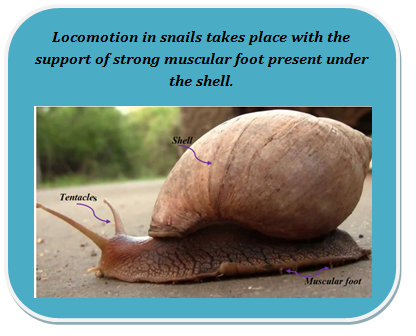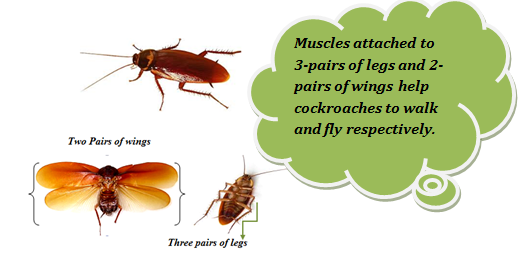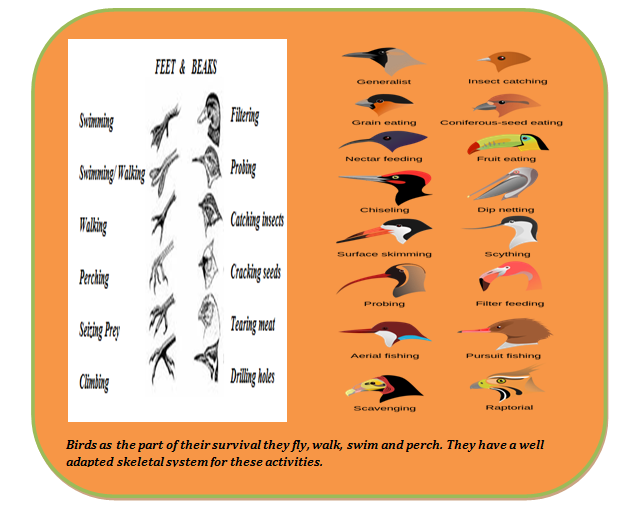The skeletal system in the human body helps in its locomotion. Different types of bones and muscles take part in the locomotory action. In the case of birds and animals, their body structure is different from that of humans. Also, the mode of locomotion varies from one animal to another. Hence, each organism has its own structural makeup which supports its daily activities. Suppose the skeletal system in birds is as heavy as in humans; birds can’t fly. For this purpose, birds have light bones attached to strong muscles. How do earthworms move without a single bone in their body? Let’s see the gaits of animals like birds, earthworms, snails, cockroaches, etc., more in detail.
Locomotion In Animals
Locomotion is an important process for animals. Animals have to move from one place to another for many reasons. They can’t stay in one place in order to support their living. Hence, certain body movements are observed in every organism, but the means vary according to their body structure. The gait of a few animals is as follows:
Earthworm
The locomotion of earthworms is the outcome of muscular actions in them. Continuous expansion and contraction of muscles help them to move. Hence, earthworms make small moves using muscles alone.

Locomotion in Earthworm
Snail
Snails have a characteristic shell on their back. The hard external shell is a non-bony structure called the exoskeleton. It does not help in movements but is a shield from predators and damage.

Cockroach
Cockroaches have a body structure that facilitates walking, climbing and flying. Their body is covered by a hard outer skeleton.

Birds
Birds have light bones attached to strong muscles, which help them to fly. Whereas hind limb bones are modified to walk and perch.

Fish
Fish is an aquatic animal adapted to live in water.

Locomotion in Fish
Snakes
Snakes slither on the ground with the help of their long backbone and muscles attached to them.

Locomotion in Snakes
Slither, glide, hop, wiggle, run, jump – the list of ways animals move is countless! Animals of all sizes and shapes move in search of shelter, food, and mate, and to escape from predators, they use their different body parts like fins, legs, wings and so on.

Comments